Reportar esta entrada
Más sobre la misma comunidad-colección
Jose Antonio Escajeda - San Elizario, TX
José Antonio Escajeda was part of an early El Paso pioneer ...
Florence Villas, Ada Lyons y Kate McGhee - El Paso, Tejas
From left to right: Florence Vilas, Ada Lyons, and Kate McGee. ...
Capitan Joseph Magoffin - El Paso, Texas
Joseph Magoffin, El Paso mayor and civic leader, was born in ...
Primer Teniente Charles B. Gatewood
First Lieutenant Charles Bare Gatewood (April 5, 1853 – May ...
Reverendo Joseph W. Tays - El Paso, Tejas
Reverend Joseph Tays, an Episcopal missionary who founded El ...
Capitan John Hughes - Texas Ranger
John Reynolds Hughes (February 11, 1855 - June 3, 1947) was a ...
Primer Teniente William Deane Hawkins - El Paso, Texas
Deane Hawkins was a smart boy-at El Paso's Lamar and Alta Vista ...

















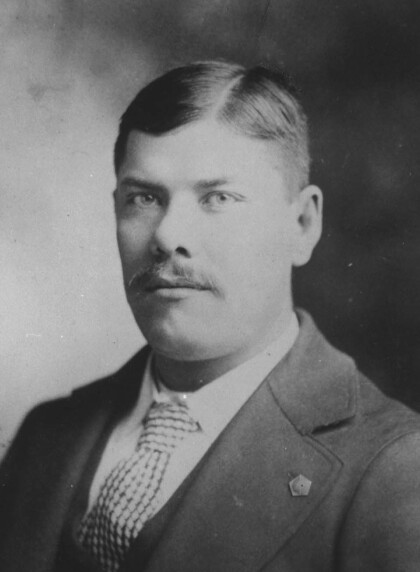
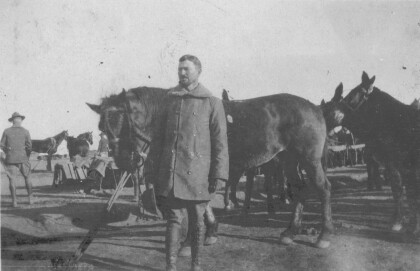
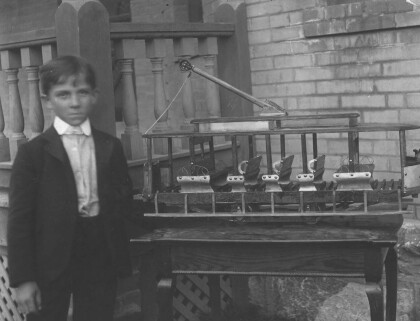
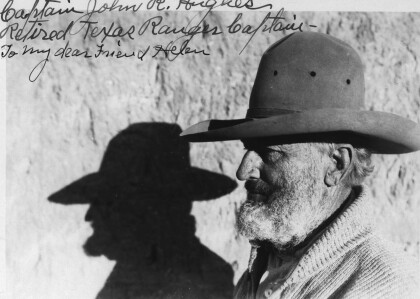
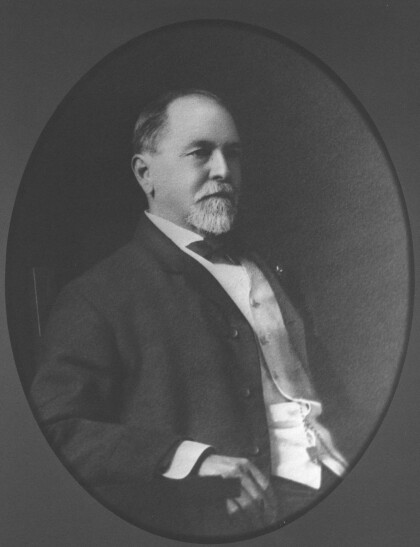
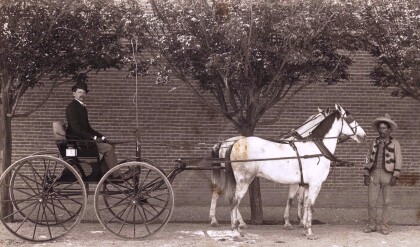
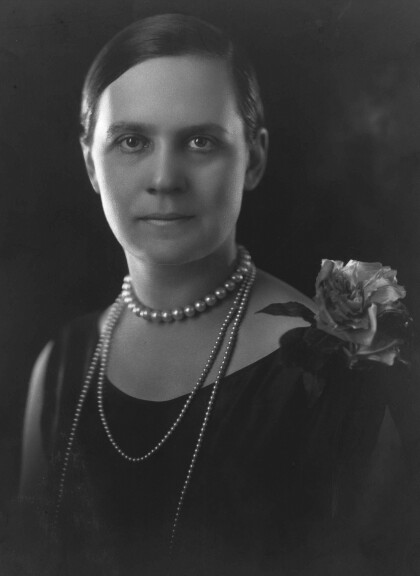
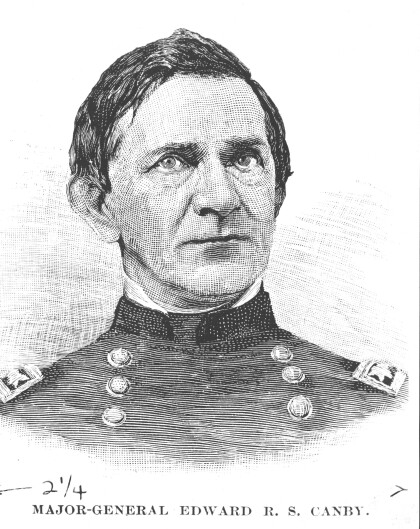
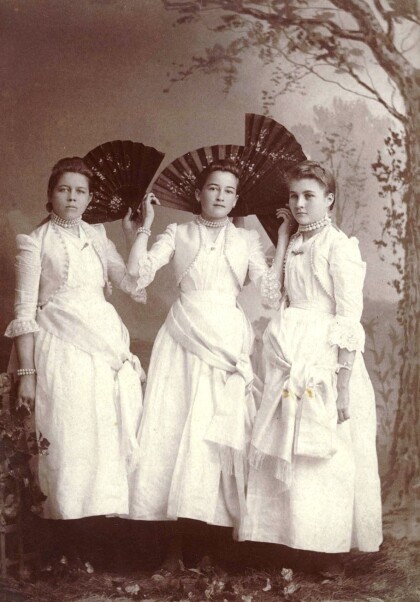
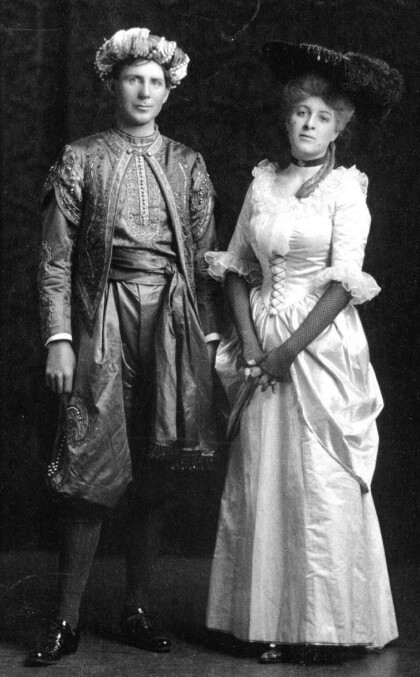
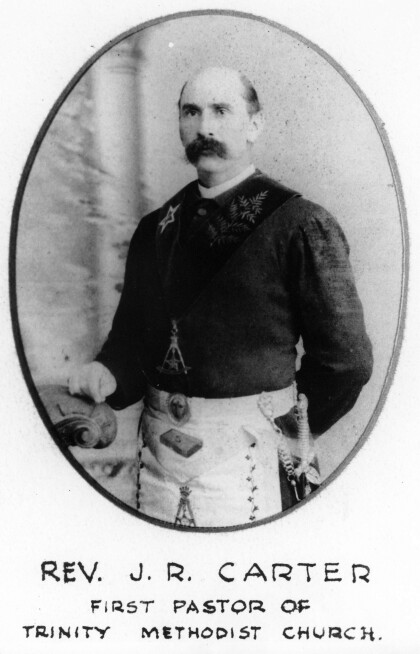
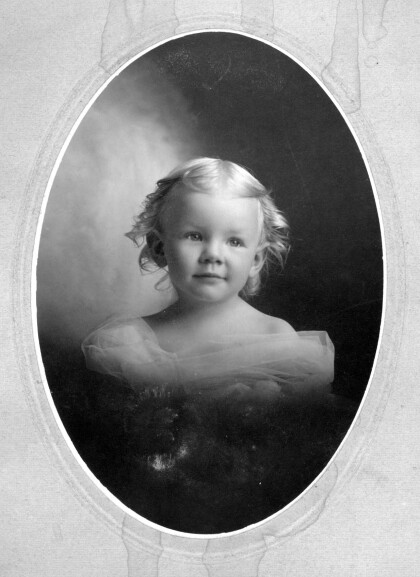
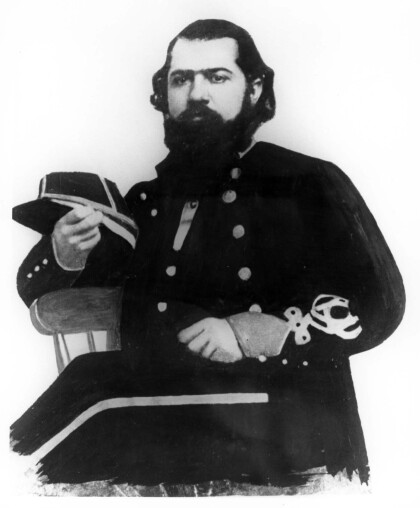
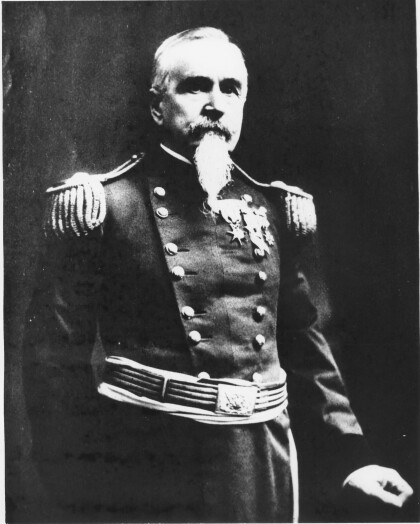
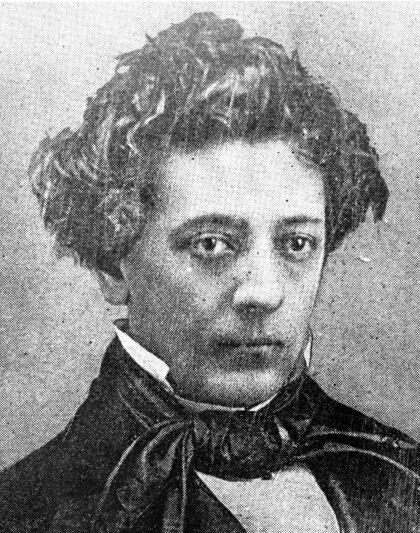
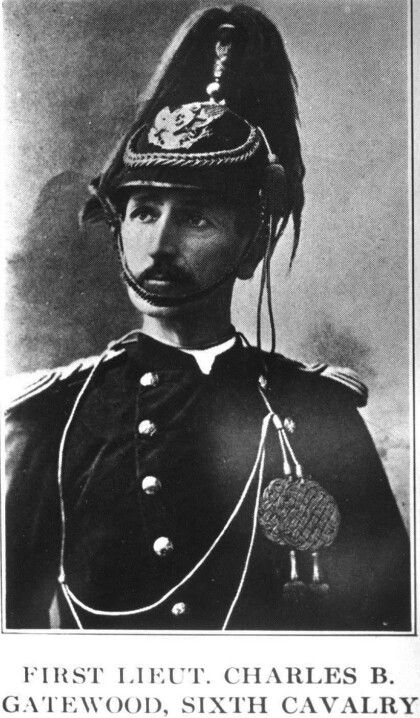
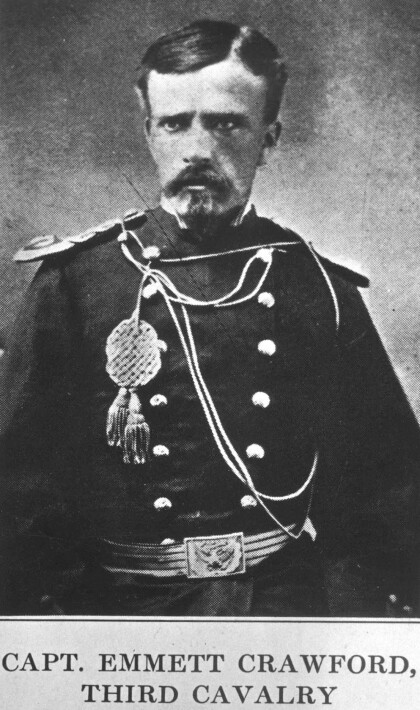
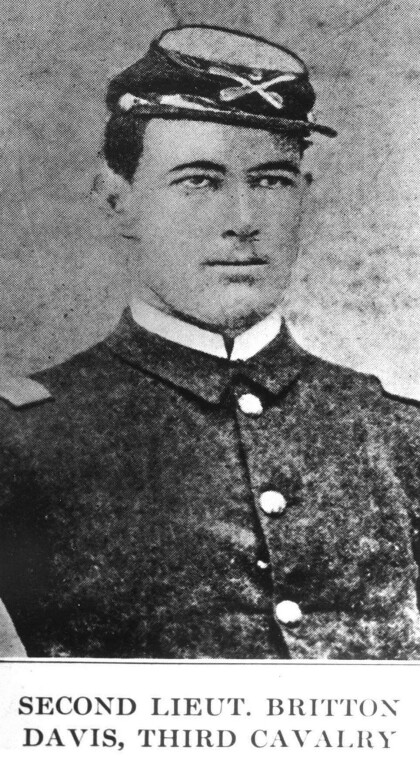
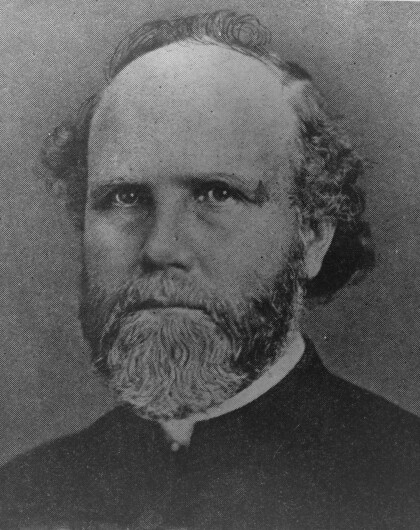
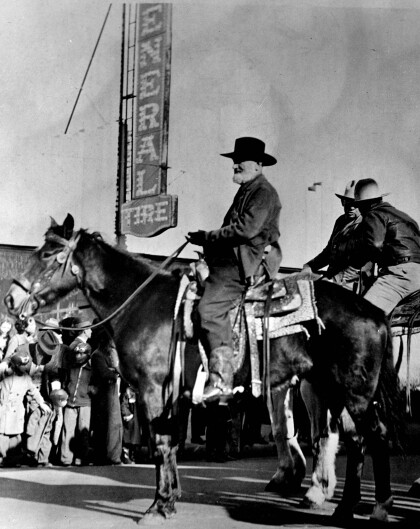
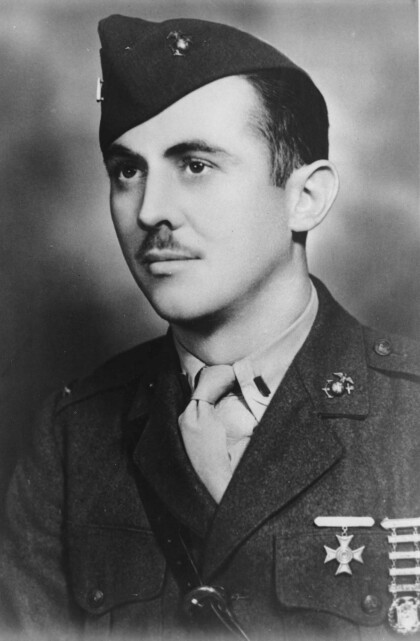
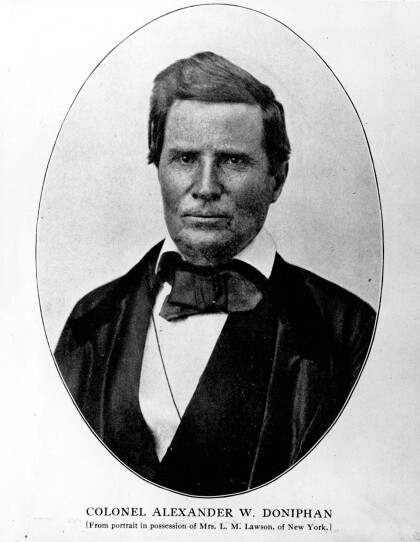
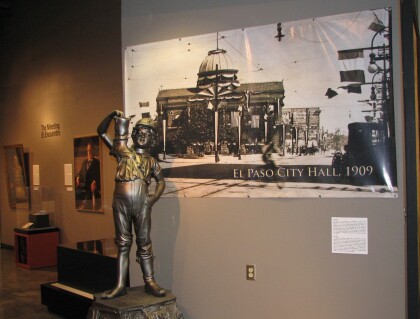
Comentarios
Hacer un comentario